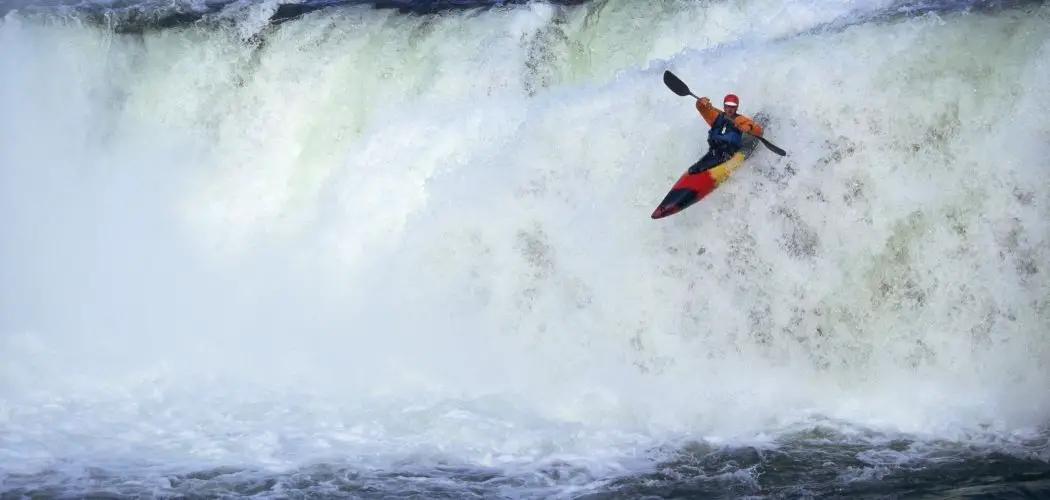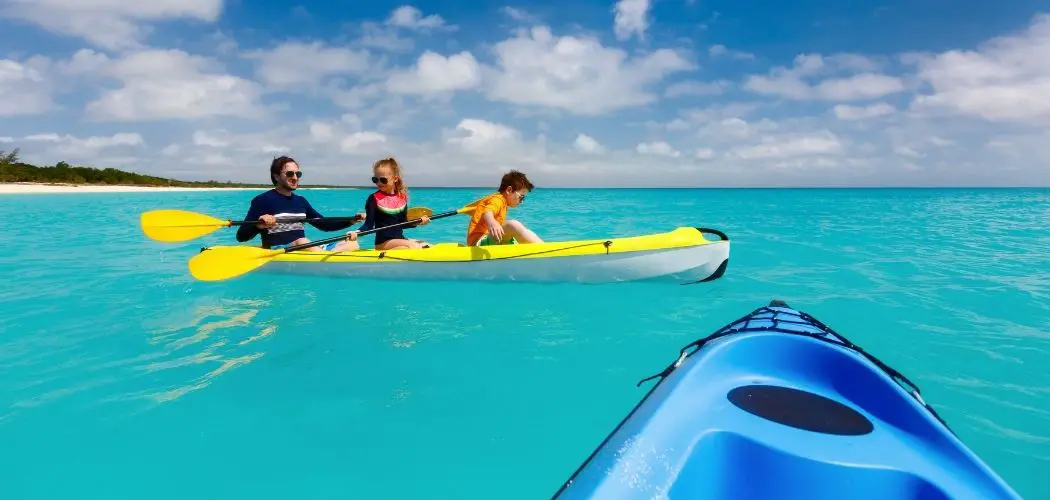Many people have a lot of misconceptions about the safety issues when kayaking. Some paddlers put no thought into the risks involved in kayaking, while others just freak out about perceived dangers and threats.
Is kayaking really dangerous? Let’s explore:
Is kayaking a dangerous sport?
This depends upon your risk tolerance. Going kayaking with your friends on a lake might not fall into the extreme category. However, hitting a whitewater river absolutely does.
But while there are risks involved, kayaking doesn’t have to be a dangerous sport. Taking the proper precautions and being smart about kayaking can make all the difference. If you are cautious, kayaking can be an entertaining and safe sport for everyone!
What are the risks of kayaking?
Like any sport, there are plenty of risks inherent to kayaking. From dangerous water features to sun exposure, a day on the water could easily turn into something dangerous. Here are some risks involved in kayaking:
1. Failure to wear protective equipment or incorrect PFD Use
One of the biggest risks is people not wearing their protective equipment when they kayak. Life jackets or personal flotation devices (PFD) and helmets are essential safety equipment.
You should invest in a good quality PFD that is more comfortable and safer. It should be rated for your size and weight. Some people bring their life vests or PFDs on their boat but don’t put them on. There are others who are wearing them but not correctly.
2. Sun Exposure
Another danger involved in kayaking is excessive sun exposure. There is often little or no shelter from the sun during kayaking. If you have not applied sunscreen and the sun is out, it can quickly become a high-risk situation.
Try to wear white or light-coloured clothing with long sleeves and pants to reduce heat. Also, wearing sunglasses, a wide sun hat, and sunscreen are recommended.
3. Avoid anything around your neck
Don’t attach anything around your neck while paddling. Necklaces, neck-straps, map cases, etc pose dangers while kayaking. Try to find ways to carry gear which doesn’t involve neck straps of any kind. Getting a necklace or strap caught while you are struggling to swim can be a fatal mistake.
On the river or in the ocean, the last thing you want to get grabbed by a rock, branch, or your capsized boat is something attached to your neck.
4. Lightning and severe weather
Kayaking in a storm is not a good idea, even for experienced paddlers. A little rain or wind doesn’t hurt a kayaker. However, if you start to hear strong thunder or see lightning, get off the water as soon as possible.
Never opt to paddle in severe weather. High winds, thunder, and rain can limit your mobility and visibility. Severe weather can turn a relatively easy paddle into something far riskier.
5. Choosing an inappropriate waterway
Every water body holds some degree of risk. You can easily paddle out too far on a lake or get caught up in a strong wind or current.
Accidents and injuries are more likely to happen if you attempt to kayak in an inappropriate waterway. Some waterways are beyond your skill level. For others, you are ill-equipped. Try to learn about the location if you are paddling for the first time. Also consider air temperature, water conditions, currents, tides and wave action.
6. Ships and other boats
Kayaks are small and often hard to see. If you’re on a small lake or pond, this won’t be a problem. However, if you’re on a big river or the open ocean, visibility is very important. Motorboats and big ships can be a risk to kayakers on the water. If one of those boats or ships runs into you, the crash can be deadly.
7. Undercut rocks
Underwater irregular rock formations form traps for fallen trees and other debris. They can easily trap novice paddlers as well. To avoid getting caught in an undercut, you should know your whitewater before you paddle on it.
Tip: Never attempt to paddle whitewater alone. Make sure someone knows your whereabouts and rescue is available if you need it.
8. Lack of experience and training
If you lack experience and are not prepared for kayaking, it will become dangerous. Most accidents happen because kayakers set out on rough water for which they’re too inexperienced.
Kayaking under rough conditions looks easy for advanced kayakers. However, if you lack experience and technical skills, rough conditions can prove deadly. Experienced kayakers know how to handle any difficulty the water throws at them if they’re paddling on whitewater or the sea.
Tip: If you’re unsure what your skill level is, take some kayaking class. Stay away from unpredictable conditions and don’t take on any new obstacles without proper research. It could cost you your life.
Is kayaking dangerous for non-swimmers?
For leisurely kayaking, you don’t need to be a star swimmer. However, you should at least be comfortable in the water. If you are a non-swimmer, always wear a life jacket and never kayak alone.
Is it safe to kayak in the rain?
Kayaking in the rain is safe as long as you know the weather conditions and you plan ahead. A fun-filled kayak trip can be ruined by unexpected rain if you are not prepared.
- Rainy weather can mean a reduction in visibility. So it is even more important to stay visible during rain.
- During rain, the water levels can be significantly higher than normal. For rivers, this means there may be fast-flowing rapids where there might not be during a dry spell of days.
- Drowning is one of the possible accident you might encounter while kayaking in the rain. This is due to the increase in the level of water due to rain.
- You easily get tired and exhausted when kayaking in the rain. You need a lot of energy to keep your kayak under control due to strong waves that make kayaking difficult.
Final thoughts
Remember to research your water route and stay safe. Even a leisurely calm trip could turn extreme in an instant.
Always educate your friends on paddling safety measures if you suspect they are unaware of river hazards.







